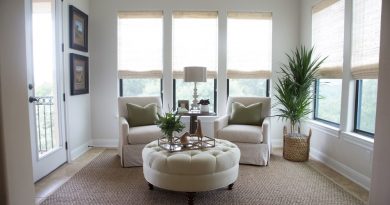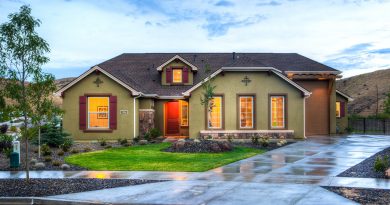WHY CHOOSE WOOD FLOORING OVER TILES?
Flooring made of solid wood is guaranteed to last for over 100 years, and the finish is easily replaced as required. The mere fact that you have wood floors can increase the value of your home.
In the past, the only option you could choose was the traditional strip with a tongue and groove made of oak or maple. Nowadays, wood flooring can be made from planks sourced from barns that were once in use and exotic woods or pre-finished engineered wood strips that can eliminate the dust and disturbance of finishing on the spot. There is also flooring made of wood that isn’t actual wood, but it looks similar to wood but at a lower price.
Solid wood floors, although gorgeous, shouldn’t be used in every room. They have to be attached to the sub-floor, which means that solid wood is not suitable for using directly on concrete.
The addition of a sub-floor between the concrete and the flooring could cause an issue of height where the floor is in contact with an adjacent room. Wood expands when it is moist, which is why it’s not recommended for basements. The humidity can cause buckles and squeaks.
The latest trend is for homeowners to purchase hardwood flooring finished by a factory. This helps eliminate dust and fumes of finishing and the need to wait until the floor is ready to be used for walking on. Another advantage is that finishes applied in the factory are typically stronger than the polyurethane used on the field.
The disadvantage of pre-finishing is the flooring doesn’t get cleaned after the installation. There are a few dips and bumps in the sub-floor that may not be perfectly even, and also where the flooring strips could differ slightly in thickness.
To conceal these misalignments, flooring is made with V grooves. When they are joined, the edges don’t meet, and it’s hard to spot any irregularities in the alignment. As time passes, the V grooves get dirty and darken to become an attractive design element on the flooring. Not my favorite scenario.
Another benefit of finishing your floor after installation is making the floor stained to suit your preferences. If you love the natural grain of oak, however, you don’t like the yellowish hue that the timber has, it is possible to change it to amber, as an instance. Professional finishers can reveal their natural patina wood by using boiling linseed oil and tung oil.
A majority of homeowners have distressed engineered wood flooring. There are also softwoods like fir and pine that are beautiful. They’ll get damaged with the years, and however, they’re designed to be enjoyed. The more worn-down they become, the better they look, particularly when you have a rustic or vintage style in your home. These are particularly good for longer planks than two half” strips.
The prices in the market for hardwood floors range between $8 and 10 cents per square foot for the common species, up to over 25 dollars per square foot for exotic varieties. Similar price ranges apply for engineered flooring.
The benefit of distressed engineered wood flooring is that it can be put directly on concrete (because it doesn’t require you to nail it in the installation process) or beneath the grade (because the moisture won’t affect it the same way as hardwood flooring). The appearance of wood comes from a thin veneer of chosen wood that is then pressed on multiple substrate layers.
This flooring can be purchased in planks, strips, or panels that resemble planks. It can be fixed and is generally used as a floating flooring. The floor is joined, but they are not connected to the sub-floor. This lets the floor “float” with seasonal weather changes or even changes in humidity.
Most engineered wood flooring comes pre-finished and includes V grooves, as mentioned earlier. Certain types of flooring cannot be refinished due the top veneer is thin, and some can be done only once or twice. It’s all about the upper layer, which could be anywhere between 1/12″ to 1/4″ depending on the manufacturer. The bottom line is that it costs around the same amount as solid wood flooring. And the sole benefit (in my view) is that it can “float” it on concrete.




